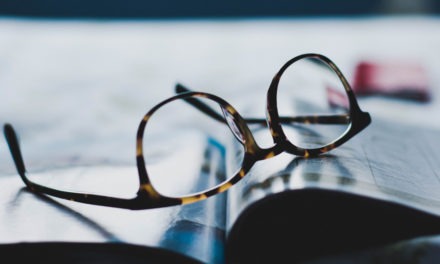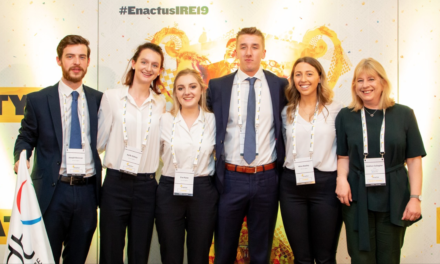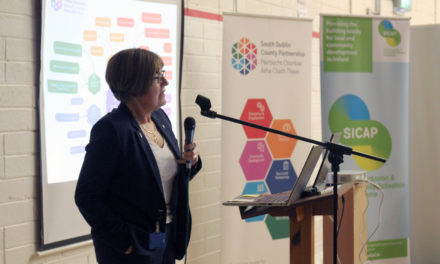– with West Limerick Resources
By Áine Rynne
(Written – Dec 2020)
In August 2019, West Limerick Resources (WLR) issued a request for tender to deliver biodiversity training to community groups in the West Limerick area. The main reason for this was to equip community volunteers and individuals with the skills to become leaders for biodiversity in their communities. Dr Frances Giaquinto was awarded the tender and the project started in June, 2020.
However, as Covid-19 restrictions came into effect nationwide, the delivery of the training took on a whole new approach when it was agreed that it should be delivered entirely online via Zoom. Dr Frances Giaquinto explained that it was anticipated there would be enough interest to facilitate and recruit up to 30 participants – surprisingly, 37 people applied and 35 were accepted onto the course with priority given to residents of West Limerick.
Biodiversity Leadership Training
 The biodiversity course:
The biodiversity course:
- Teaches the different aspects of biodiversity relevant to individuals and communities.
- Gives a solid foundation of knowledge with comprehensive guidance on how to access further information.
- Inspires participants to take their learning into their communities and develop meaningful and effective biodiversity projects.
In normal times, this training would be delivered in interactive workshops, but the training has had to take place via Zoom. This meant adapting the more practical aspects of the training – such as the mental health benefits of gardening for biodiversity – by using a combination of Powerpoint slides and short videos. This method is effective and the participant feedback has been enthusiastic and they engage freely with the content.
Biodiversity in Ireland

Linda Gilsenan, gardener.
‘Ireland’s 6th National Report to the Convention on Biological Diversity’, by the Department of Culture, Heritage and the Gaeltacht, was published in May, 2019. (The full report is on this site: www.npws.ie).
The report showed that out of 91% of listed habitats that were assessed, 31% were in a declining condition and just 16% in an improving condition.
The most notable declines are in peatlands and grasslands, and some of the marine habitats. Around 65% of important bird areas (as identified by Birdlife International) are regarded as having a very high level of threat.
Also mentioned in the report is the third National Biodiversity Action Plan 2017-2021, which was developed by the National Parks and Wildlife Service to protect and enhance Ireland’s biodiversity.
This plan envisaged:
- Ensuring conservation in the wider countryside and marine environment.
- Expanding and improving the management of protected areas and species.
- Strengthening the knowledge base, raising public awareness, and mainstreaming biodiversity actions with the cooperation of other government departments and agencies.
The NPWS said in 2019 “a transformational change is required”; we are now in the final year of the plan.
What is Biodiversity?

Frances Giaquinto, botanist.
Dr Frances Giaquinto says that ‘biodiversity’ means biological diversity and refers to all the species on the planet and the environments in which they live and the interactions they have with their environment.
For example, to protect bees, we need to think about their food sources, where they can shelter, how they can move safely from one place to the next, and where they can safely rear their young.
“More work is urgently needed and the survival of the human species depends on actions being taken quickly, not just in Ireland but globally,” says Dr. Giaquinto.
Biodiversity includes all of nature. The economists have coined the term ‘ecosystem services’ which means all the many benefits we freely gain from nature (biodiversity) – all our food, pollination of our crops, all our fuel, the carbon cycle, the oxygen cycle, air quality and water quality.
Humans cannot survive for five minutes without healthy ecosystem services and to have this we need flourishing biodiversity. This is why biodiversity loss is so alarming, and also why every small thing we do to help biodiversity may be one of the most important actions we take to ensure that our children and grandchildren have a healthy world to live in.
About the trainers:
Frances Giaquinto is a botanist and environmentalist who has delivered biodiversity training to community groups and statutory bodies over the last 3 years.

Sarah Thompson, artist and herbalist.
Sarah Thompson is a creative artist and herbalist with a qualification in ‘forest bathing’, a new initiative from Japan which teaches the physical and mental health benefits of making a meaningful connection with nature.
Linda Gilsenan is a vegetable and flower gardener who works in the community helping individuals and groups to garden for biodiversity. She is a postgraduate in Creativity, Innovation, and Leadership from UCD.
How can people start their own Biodiversity efforts?
1 Discover what you have and remember that nature always knows best.
2 Look after the small and the big will look after itself: For example, caring for a window box in the right way can be as valuable for biodiversity as caring for a whole forest.
3 Buy local and Irish (imported trees in particular carry a very high risk of disease).
4 Make connections and ecological corridors.
5 Check out pollinators.ie for all kinds of useful guidance and ways to get involved.





